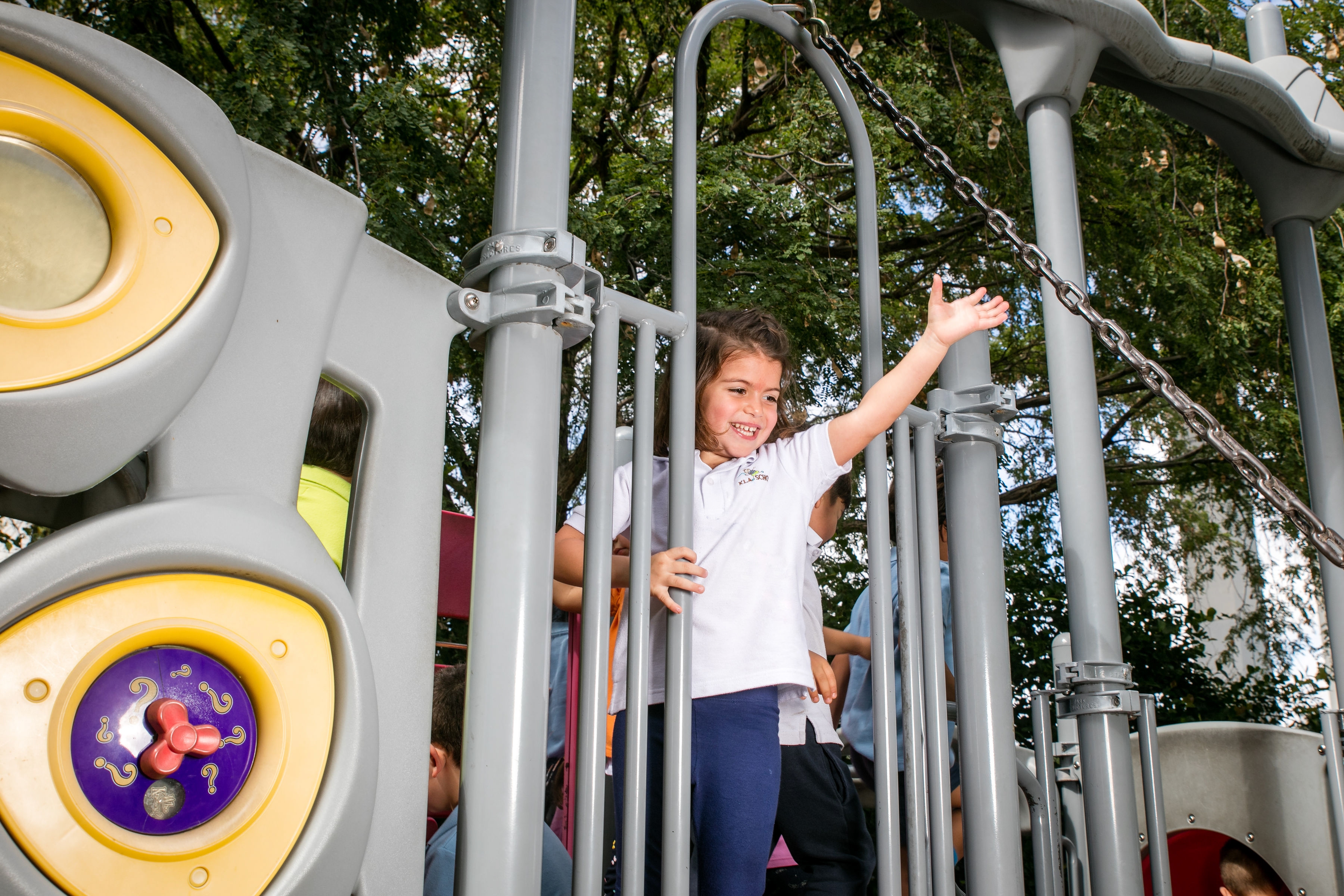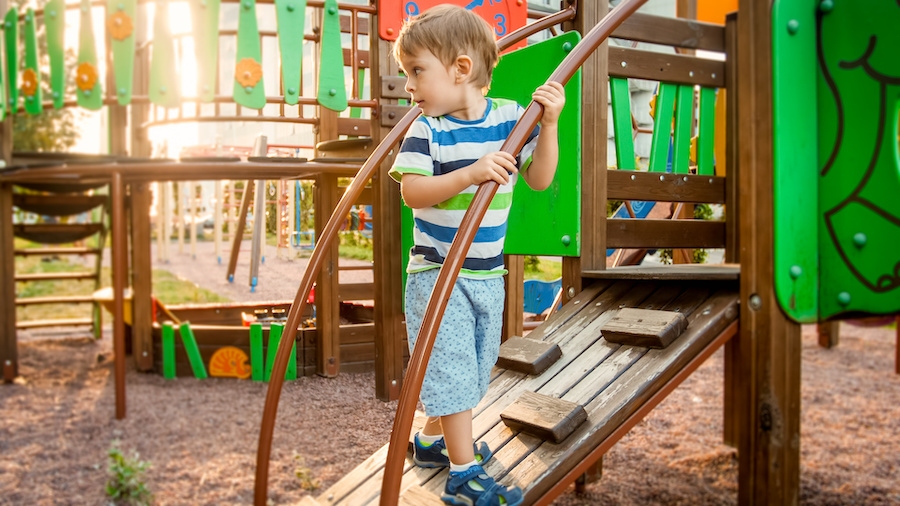What Makes a Playground Safe?
How can you be sure that a playground is safe for your child? While it may seem like many playgrounds are equal, there are some things to look for to ensure that your child can play safely. Here are some factors that make a playground safe.
- Impact-absorbing surfaces.A safe playground has impact-absorbing surfaces like sand, wood chips, shredded rubber, and mulch. These surfaces make walking, running, and jumping easier and safer for your child. Grass and dirt may seem safe, but they can be just as hard as asphalt or concrete.
- No tripping, falling, or entrapment hazards. A safe playground should be free of tripping hazards like roots or rocks. Also, examine nets, bars, or rails for their risk of falls or your child becoming trapped. The National Safety Council recommends that these openings should be between 3.5 inches and 9 inches.
- Stable equipment.Make sure that equipment is securely fastened, and that there are stable handrails and barriers throughout.
- Proper spacing.Equipment with moving parts like swings and seesaws should be far enough away from other equipment, so nobody gets injured.
- Age-appropriate areas.Children under the age of five aren’t as active and resilient as older children. Look for a playground that has a separate play area for younger children.
- Stay away from playgrounds that have garbage, animal droppings, glass, or other hazardous materials on and around the equipment.
- Proper swings.Swings that aren’t made from wood or metal are safest. Safe Kids Worldwide recommends that babies with good head control and can sit up with support try bucket-style swings. They also recommend that the swing surfacing, in the back and front, extends twice the height of the suspending bar.
As always, ensure that your child can manage the playground equipment on their own, and supervise them at all times. These safety tips will help both you and your child enjoy their playground time.

